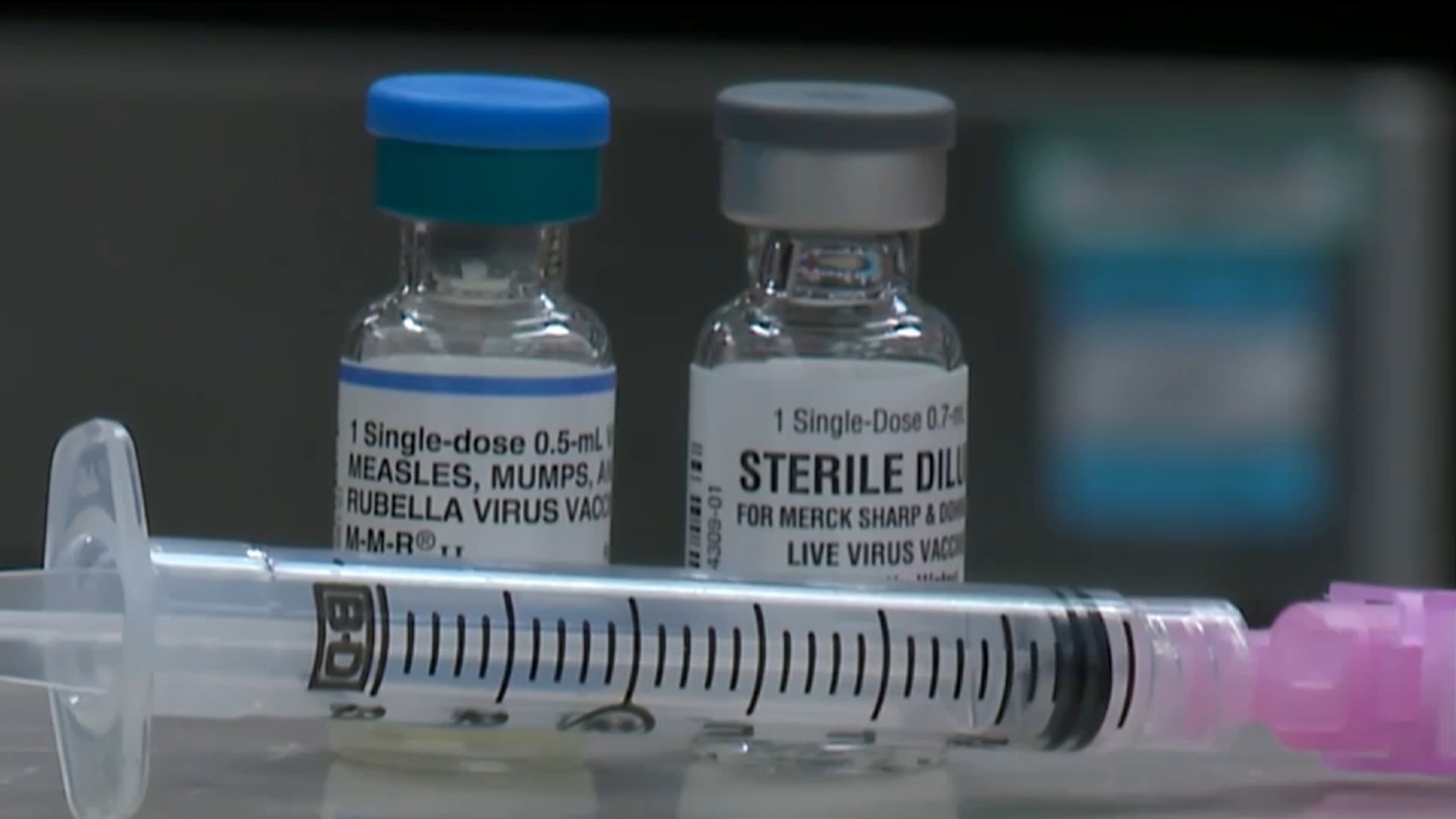Measles Alert: Infected Individual's NJ Travel Sparks Health Concern

A potential public health alert has been issued after the State Health Department confirmed a confirmed measles case involving an infected individual who recently visited multiple high-traffic locations across New Jersey. The infected person traveled through Newark Airport and various sites in Bergen County, raising concerns about potential exposure.
Health officials are urging residents to be vigilant and check their vaccination status, particularly those who may have been in these areas during the reported timeframe. Measles is a highly contagious viral disease that can spread quickly in public spaces, making this situation a critical public health matter.
Individuals who believe they may have been in contact with the infected person or who are experiencing symptoms such as high fever, rash, or respiratory issues are advised to contact their healthcare provider immediately. Vaccination remains the most effective method of prevention against this potentially serious illness.
The State Health Department is actively monitoring the situation and will provide updates as more information becomes available.
